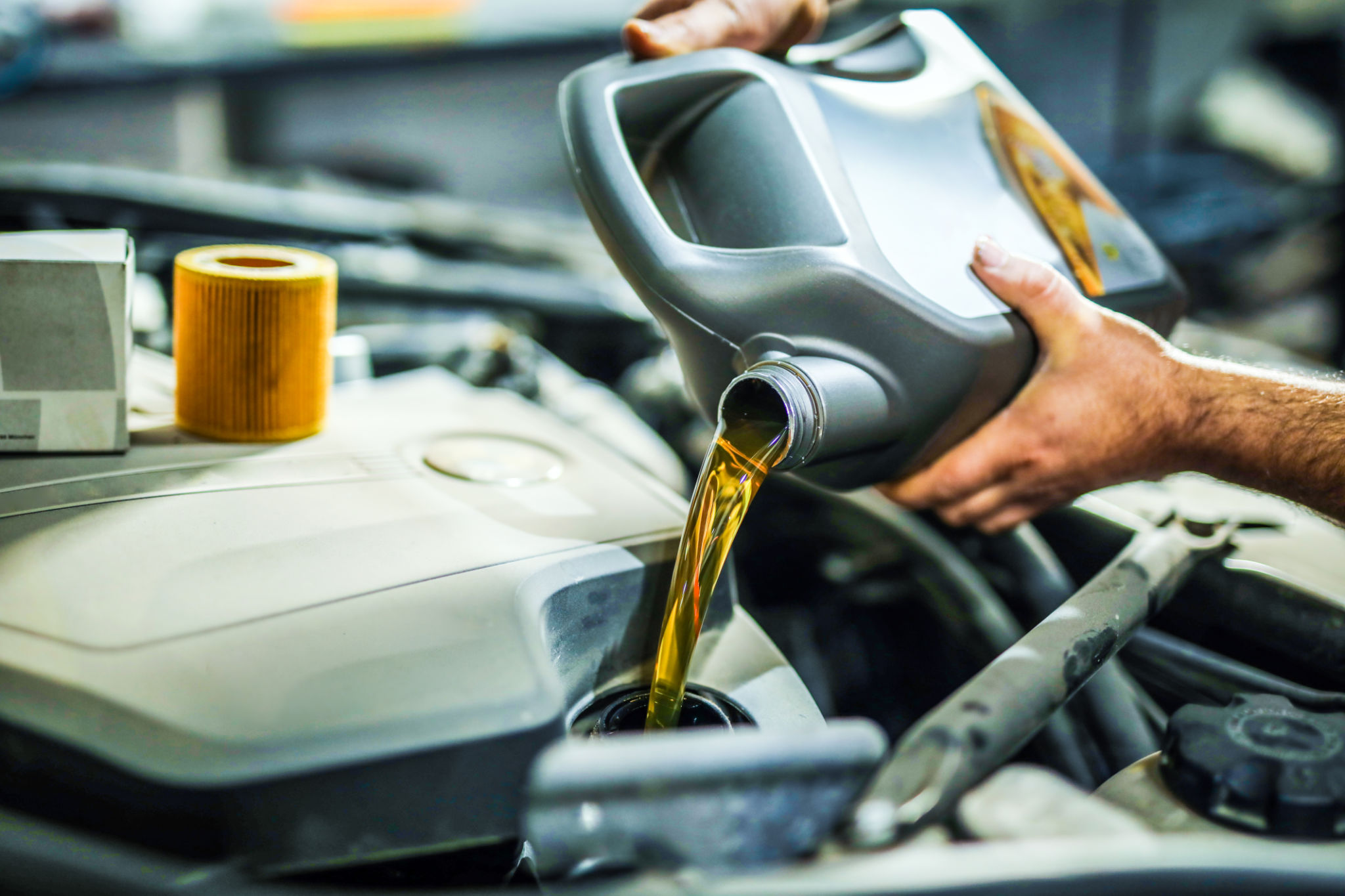DIY Tips for Fixing Common Car Lock Issues Safely
Understanding Common Car Lock Issues
Car lock issues can be frustrating, especially when you're in a hurry. Whether it's a jammed lock or a key that won't turn, these problems can often be resolved with some DIY techniques. Understanding the common causes of these issues is the first step in tackling them effectively and safely.
One frequent problem is a frozen lock, particularly in colder climates. This occurs when moisture gets into the lock mechanism and freezes, preventing the key from turning. Another common issue is a malfunctioning central locking system, which could be due to a dead battery or a faulty actuator.

Tools You'll Need
Before you begin addressing any car lock issue, it’s essential to have the right tools at hand. A few basic tools can help you resolve most problems quickly:
- Graphite powder or silicone spray: Ideal for lubricating locks without causing damage.
- De-icer spray: Perfect for frozen locks during winter months.
- Screwdrivers: Useful for removing panels if you need to access internal components.
Having these tools ready can save you time and ensure you don't cause any further damage to your car's locking system.
Fixing a Frozen Car Lock
If you encounter a frozen lock, avoid using hot water as it can refreeze quickly and cause more trouble. Instead, use a de-icer spray specifically designed for car locks. Simply spray it into the keyhole and gently wiggle the key back and forth until the ice melts.
An alternative method is using a hairdryer or heat gun to warm the lock slowly. Hold it at a safe distance to prevent damaging the paintwork. Once thawed, lubricate the lock with graphite powder to prevent future freezing.

Troubleshooting a Jammed Lock
A jammed lock might just need a bit of lubrication. Insert graphite powder or silicone spray into the keyhole and gently turn the key. This could dislodge any dirt or debris causing the jam. Avoid using oil-based lubricants as they can attract more dirt.
If the problem persists, remove any accessible panels to inspect the internal mechanism for any visible obstructions or damage. Always ensure your car is in a safe and secure location before attempting this.

Dealing with a Malfunctioning Central Locking System
If your central locking system isn't working, start by checking the battery in your remote. A simple battery replacement might solve the issue. If the problem continues, inspect the fuse box for any blown fuses related to the locking system.
Should these steps not resolve the issue, it might be necessary to examine the actuator. This component is responsible for locking and unlocking the doors. Replacing it can be more complex and may require professional assistance if you're not comfortable doing it yourself.
Ensuring Safety When Fixing Car Locks
When attempting any DIY car repair, safety should always be your top priority. Ensure your car is parked on a level surface and that you have adequate lighting to work effectively. Always wear gloves to protect your hands from sharp edges or mechanical components.
If you're uncertain about any step in the process, don't hesitate to consult with a professional locksmith or mechanic. It's better to seek help than to risk causing further damage or compromising your car's security.
By following these DIY tips, you can address common car lock issues safely and efficiently, saving both time and money in the process.